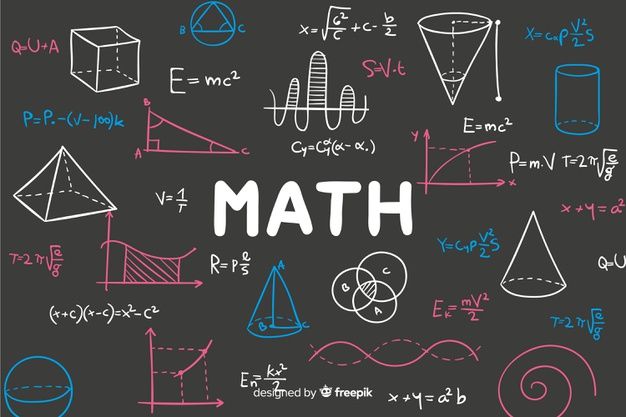Inverse Functions And Logarithms 2
Published On :2021-10-17 06:37:00

Logarithms
we studied the inverse of one-to-one functions and we know that exponential functions are one-to-one for that we called the inverse of the exponential function is Logarithmic function
[{log _b}x = y Leftrightarrow {b^y} = x]
For example:
[{log _2}(8) = 3]
and that's mean 
Laws of Logarithms: If x and y are positve numbers, then
- [{log _b}(xy) = {log _b}(x) + {log _b}(y)]
- [{log _b}(frac{x}{y}) = {log _b}(x) - {log _b}(y)]
- [{log _b}({x^r}) = r{log _b}(x)]
[{log _e}(x) = ln (x)]
so that's mean
[ln (x) = y Leftrightarrow {e^y} = x]
[ln (e) = 1]
For example:
solve the equation 
solution:
take ln for both sides
[ln ({e^{5 - 3x}}) = ln (10)]
[(5 - 3x)ln (e) = ln (10)]
[5 - 3x = ln (10)]
[x = frac{1}{3}(5 - ln (10))]
Another nice property is
Q: Find the inverse of 
solution:
[y = {e^x}]
change every x to y and every y to x
[x = {e^y}]
rewrite the eqution with respect to y
we should take ln for both sides
[ln (x) = ln ({e^y})]
[yln (e) = ln (x)]
[y = ln (x)]
